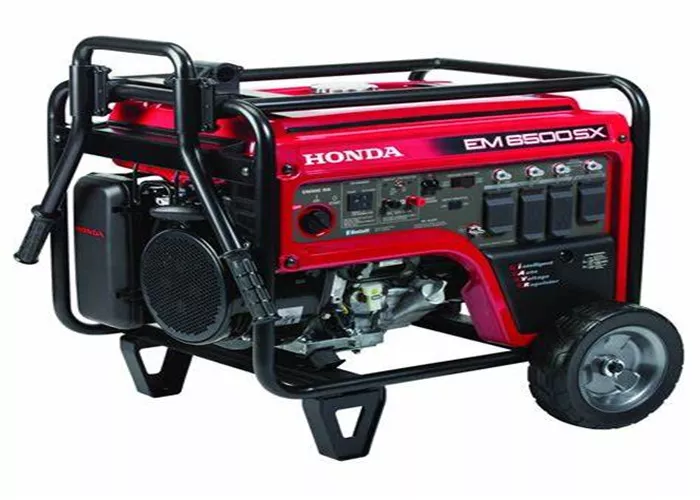A 22kW generator is a robust power solution designed to provide substantial electrical output for residential applications. Its capacity is determined by its ability to deliver continuous and surge power, which is critical for supporting household systems during outages. Unlike smaller generators, a 22kW unit can handle both essential and high-demand appliances simultaneously, making it suitable for medium to large homes.
The efficiency of such generators is influenced by factors like load management and the integration of supporting electrical components. For instance, devices like autotransformers can optimize power distribution by reducing the strain caused by motor-driven appliances during startup 1. This ensures the generator operates within its optimal range while minimizing energy waste.
Key Factors
When determining whether a 22kW generator is adequate for a home, several factors must be considered. First, the total energy consumption of the household plays a pivotal role. This includes not only the running wattage of appliances but also their starting wattage, which is often significantly higher. Motor-based systems, such as air conditioners, refrigerators, and pumps, require a surge of power at startup, which can temporarily exceed the generator’s rated capacity if not properly managed.
Second, the prioritization of circuits is essential. Modern generators often integrate with transfer switches that allow homeowners to designate “critical” circuits (e.g., lighting, HVAC, refrigeration) versus “non-critical” ones (e.g., pool heaters, entertainment systems). By focusing on essential loads, a 22kW generator can effectively support a larger home without overloading.
Lastly, the electrical infrastructure of the house, including wiring quality and the presence of voltage-regulating devices, impacts performance. For example, autotransformers are sometimes used in electrical systems to mitigate voltage drops and stabilize power delivery during motor startups, thereby reducing the burden on the generator.
Typical Power Requirements
To gauge the suitability of a 22kW generator, homeowners must evaluate the combined power demands of their appliances. High-energy systems like central air conditioning units, electric water heaters, and ovens consume considerable power. Smaller devices, such as lights and electronics, contribute to the cumulative load but are less impactful individually.
Motor-driven appliances deserve special attention due to their startup surges. For instance, an air conditioner might require nearly double its running wattage during activation. Without proper management, these surges can strain the generator. Solutions like soft starters or autotransformer-based motor control systems can alleviate this issue by gradually ramping up power to motors, ensuring compatibility with the generator’s capacity.
Estimating the Size
A 22kW generator is generally capable of powering a home ranging from 2,500 to 4,500 square feet, depending on energy usage patterns and appliance efficiency. In a well-insulated, energy-efficient house with modern appliances, the generator may comfortably support the entire property, including multiple HVAC zones, kitchen equipment, and lighting systems.
For larger homes or those with high-energy amenities (e.g., heated pools, saunas, or workshops), load-shedding strategies become necessary. By selectively powering circuits and utilizing energy management technologies, homeowners can maximize the generator’s utility. Additionally, integrating devices like autotransformers can enhance the generator’s ability to handle motor startups, further extending its effective coverage.
Installation and Maintenance Considerations
Professional installation is critical to ensure the generator operates safely and efficiently. This includes proper placement to avoid ventilation issues, compliance with local electrical codes, and integration with the home’s existing electrical panel. Transfer switches should be installed to automate the transition between grid and generator power during outages.
Regular maintenance, such as oil changes, filter replacements, and system testing, prolongs the generator’s lifespan. Homeowners should also periodically assess their power needs, especially if they add new appliances or expand their living space. Upgrading complementary systems, such as installing voltage stabilizers or autotransformers, can further optimize performance.
Conclusion
A 22kW generator is a versatile and powerful solution for residential backup power, capable of supporting medium to large homes when configured correctly. Its effectiveness hinges on understanding household energy demands, prioritizing critical loads, and employing technologies to manage startup surges. By leveraging tools like autotransformers and energy management systems, homeowners can ensure reliable power delivery across their entire property. Ultimately, the generator’s capacity to sustain a house depends not only on its raw output but also on thoughtful planning and integration with the home’s electrical infrastructure.

